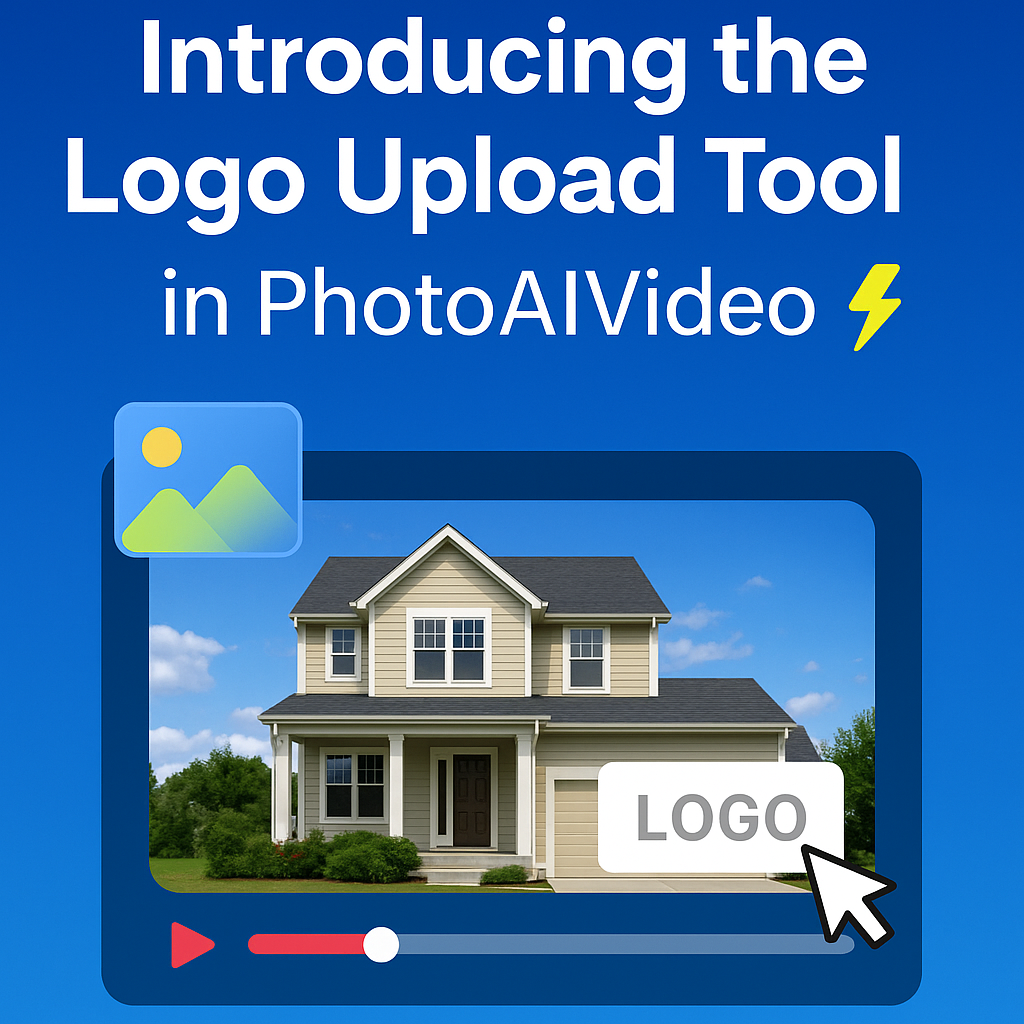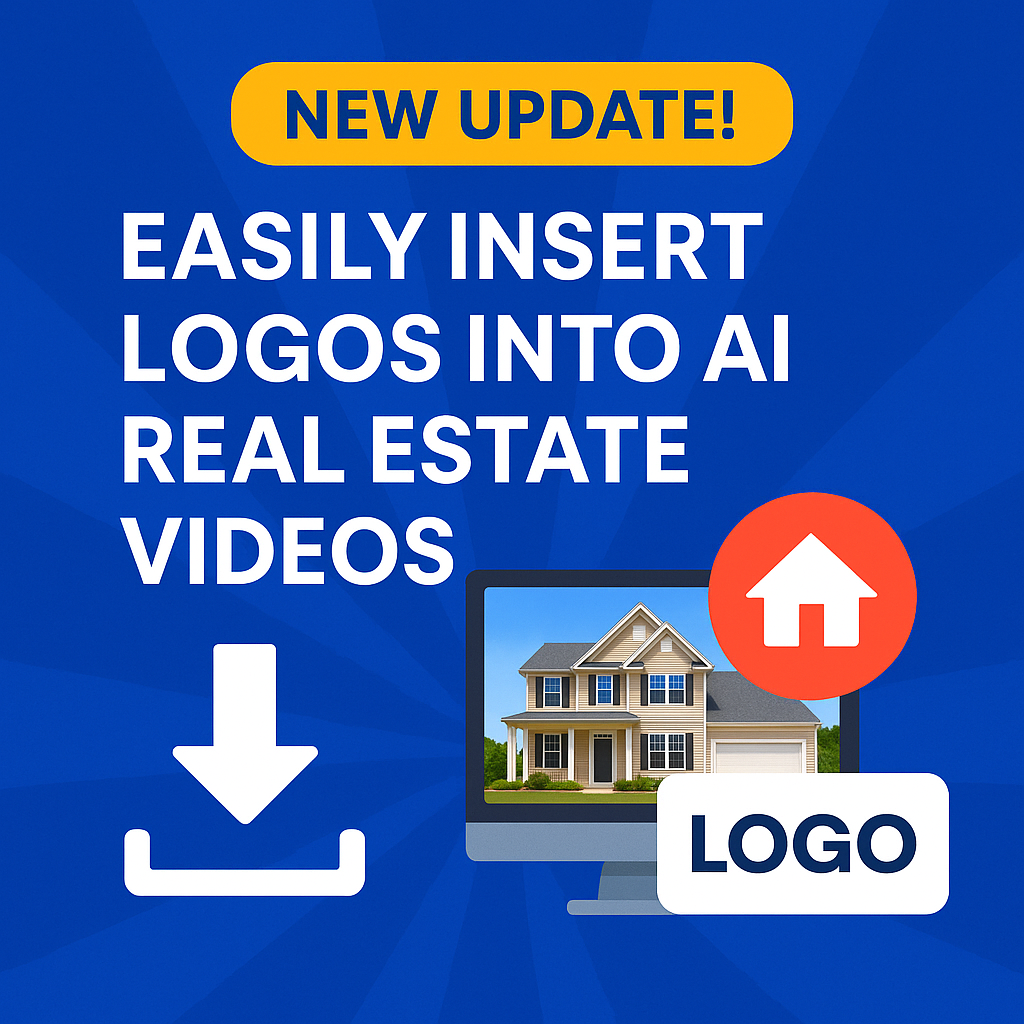In the world of insurance claims, efficiency is key. Xactimate compatible virtual tours are changing the game by simplifying how claims are processed and assessed. These innovative tools not only speed up documentation but also improve communication between all parties involved, making the claims experience smoother for everyone. Let's explore how these virtual tours can enhance the claims process and benefit both insurers and policyholders.
Key Takeaways
- Xactimate compatible virtual tours streamline the claims process by allowing quick documentation of damages.
- They improve the accuracy of assessments, reducing errors and speeding up the estimation process.
- Virtual tours enhance communication, providing real-time updates to policyholders about their claims status.
- Integrating these tours into existing workflows can save time and effort for claims teams.
- Training staff on these new technologies is crucial for maximizing their benefits and ensuring smooth implementation.
Streamlining Claims Processing With Virtual Tours
Virtual tours are changing how insurance claims are handled. It's not just about having a fancy new tool; it's about making the whole process faster, more accurate, and easier for everyone involved. Think about it: no more waiting for an adjuster to show up, no more back-and-forth about damage assessments. It's all right there, in a virtual space.
Benefits of Xactimate Compatible Virtual Tours
Xactimate compatibility is a game-changer. It means you can take a virtual tour and directly import the data into Xactimate, the estimating software many in the industry use. This cuts down on manual data entry, reduces errors, and speeds things up. Plus, it gives you a visual record of the damage that's easy to share and review. It's like having a second set of eyes on the claim, ensuring nothing gets missed. Using virtual tour software can really streamline the process.
Integrating Virtual Tours into Claims Workflows
Getting virtual tours into your workflow doesn't have to be a headache. Start small, maybe with specific types of claims or in certain areas. Train your team on how to use the technology and how to interpret the data. Make sure the tours are easy to access and share. The goal is to make it a natural part of the process, not something that feels like extra work. Here's a simple way to think about it:
- Identify key points in the claims process where a virtual tour would be most helpful.
- Develop a clear protocol for capturing and sharing virtual tours.
- Provide training and support to your team.
Enhancing Accuracy in Damage Assessments
Virtual tours can really help with damage assessments. Instead of relying on photos or notes, you have a complete 3D view of the property. This means you can see the full extent of the damage, identify hidden issues, and get a more accurate estimate of the repair costs. It also reduces the risk of disputes or disagreements later on. It's all about having a clear, objective record of the damage.
Using virtual tours for damage assessments is like upgrading from a standard definition TV to 4K. You see so much more detail, and it makes a huge difference in the overall experience.
Improving Customer Experience Through Technology
Real-Time Updates for Policyholders
Keeping policyholders in the loop is a game-changer. No one likes being left in the dark, especially when dealing with a stressful situation like a claim. By providing real-time updates, we can significantly reduce anxiety and build trust. Think about it: a simple notification that their claim has been received, an update when an adjuster is assigned, or even a heads-up before an inspection can make a world of difference. It's all about transparency and making them feel valued throughout the process. Using a virtual tour business can help with this.
Simplifying Communication with Clients
Communication during the claims process can be a real headache. Juggling phone calls, emails, and paperwork? No thanks. Technology can streamline this by providing a central hub for all communication. Imagine a platform where policyholders can easily upload documents, ask questions, and receive updates, all in one place. This not only simplifies things for them but also makes it easier for claims adjusters to manage and respond efficiently.
- Centralized communication platform
- Easy document uploading
- Quick access to claim status
Reducing Frustration During Claims
Claims can be frustrating, period. But technology can help ease the pain. Think about the common pain points: long wait times, confusing paperwork, and feeling like they're not being heard. By automating certain processes, providing clear and concise information, and offering multiple channels for communication, we can significantly reduce these frustrations. The goal is to make the claims process as smooth and stress-free as possible for the policyholder.
Claims professionals face many challenges in settling claims remotely. Customers want to participate and be informed, but lack the tools and guidance. Coordinating with multiple parties and tasks can be difficult and time-consuming. Plus, collecting useful data can be challenging and inaccurate.
The Role of 3D Tours in Damage Documentation
Capturing Comprehensive Property Details
3D tours are changing how we document damage. Instead of relying on static photos and handwritten notes, you get a complete, interactive view of the property. This means fewer return trips to the site and a much better understanding of the scope of the damage. It's like being there without actually being there. Think of it as a virtual time capsule, preserving the scene exactly as it was found. This is especially helpful when dealing with complex or extensive damage.
Facilitating Remote Inspections
Remote inspections are becoming more common, and 3D tours make them way easier. Adjusters can virtually walk through a property, assess damage, and collaborate with other experts without ever stepping foot on-site. This saves time and money, and it also allows for faster claims processing. Plus, it's safer for everyone involved, especially in hazardous situations. It's a win-win.
Enhancing Transparency in Claims
3D tours bring a new level of transparency to the claims process. Policyholders can see exactly how the damage was documented, and adjusters can easily share the virtual tour with contractors and other stakeholders. This reduces disputes and speeds up the settlement process. It's all about clear communication and shared understanding. Using 3D virtual tour software can really help with this.
3D tours provide an unbiased record of the damage, which can be invaluable in resolving disputes. They offer a clear and objective view of the property, leaving little room for misinterpretation or disagreement. This level of transparency builds trust and fosters a more collaborative claims process.
Integrating Virtual Tours with Xactimate
Seamless Data Transfer Processes
Okay, so you've got this awesome virtual tour, right? Now, how do you get all that juicy data into Xactimate without wanting to throw your computer out the window? It's all about data transfer. Ideally, you want a process that's smooth, automated, and doesn't require a PhD in computer science. Think drag-and-drop, or at least a few clicks, not hours of manual entry. The goal is to minimize the time spent moving information and maximize the time spent actually working on the claim.
Creating Accurate Estimates
The whole point of using virtual tours is to get a more accurate estimate, right? If your virtual tour integration is clunky, you might as well stick to the old ways. You need to be able to pull measurements, photos, and other details directly from the tour into Xactimate. This helps you avoid those dreaded 'supplemental' requests later on. Imagine being able to show the adjuster exactly what you saw, without them having to visit the site. That's the power of a good integration. For property managers, consider using virtual tour software to enhance real estate listings.
Reducing Time Spent on Claims
Time is money, especially in the claims game. Virtual tours should be speeding things up, not slowing them down. Here's how:
- Fewer site visits: Get the info you need remotely.
- Faster documentation: Capture everything in one go.
- Reduced back-and-forth: Clear visuals minimize questions.
By combining virtual tours and Xactimate, you simplify the whole process from documenting damage to creating estimates. It's about getting the job done right, with less fuss and more confidence.
Enhancing Collaboration Among Claims Teams
Virtual tours are changing how claims teams work together. It's not just about seeing the damage; it's about creating a shared understanding and making the whole process smoother. Let's look at how these tours can really boost teamwork.
Unified Platforms for Claims Management
Having everyone on the same page is a big deal. Virtual tours can be integrated into unified platforms, giving all team members access to the same visual data. This means adjusters, contractors, and even policyholders can see the property in its current state, reducing misunderstandings and speeding up decision-making. It's like having everyone in the same room, even when they're miles apart.
Sharing Insights and Documentation
It's not enough to just have the virtual tour; you need to be able to share insights easily. These platforms allow team members to add notes, highlight areas of concern, and share documentation directly within the tour. This creates a central hub of information, making it easier to track progress and ensure everyone is on the same page. Think of it as a collaborative workspace built around the visual evidence.
Improving Workflow Efficiency
When everyone has access to the same information and can communicate effectively, workflows naturally become more efficient. Virtual tours can help reduce the need for multiple site visits, streamline communication, and speed up the approval process. This not only saves time and money but also improves the overall experience for everyone involved. Using virtual staging AI software can significantly improve the visual appeal of properties, aiding in faster and more accurate assessments.
By centralizing information and improving communication, virtual tours can help claims teams work together more effectively, leading to faster resolutions and happier customers.
Here's a simple example of how virtual tours can impact workflow:
Leveraging Technology for Faster Claims Resolution
Automating Damage Assessments
Technology is changing how damage assessments are done. Instead of relying solely on manual inspections, we can now use software and virtual tours to automate parts of the process. This not only saves time but also reduces the need for adjusters to physically visit every site. Think about it: fewer trips, faster data collection, and quicker initial assessments. This is especially helpful in areas affected by widespread damage, like after a major storm. Using tools like virtual tour software can really speed things up.
Reducing Manual Errors
Manual data entry and calculations are prone to errors. We're all human, after all! But with technology, we can minimize these mistakes. Xactimate-compatible virtual tours allow for direct data transfer, reducing the risk of typos or miscalculations. This leads to more accurate estimates and fewer disputes down the line. Plus, automated systems can flag inconsistencies or potential issues, providing an extra layer of quality control.
Accelerating the Estimation Process
Virtual tours can significantly cut down the time it takes to create an estimate. Instead of waiting for an adjuster to schedule a visit, travel to the site, and manually measure and document the damage, all of that information can be gathered remotely. This means estimates can be generated much faster, getting the claims process moving forward sooner. It's all about efficiency and getting policyholders back on their feet quickly.
By integrating virtual tours, insurance companies can streamline their claims process, reduce costs, and improve customer satisfaction. It's a win-win for everyone involved.
Best Practices for Implementing Virtual Tours
Training Staff on New Technologies
Okay, so you're bringing in virtual tours. That's great! But your team needs to know how to use them. Don't just drop the tech on them and expect magic. Proper training is key. Think about it: if they don't understand how to capture, upload, or interpret the virtual tour data, it's all for nothing. Start with the basics, and then move into more advanced features. Make sure everyone understands the benefits and how it makes their job easier. Hands-on practice is a must. Also, consider ongoing training as the technology evolves. It's an investment, but it pays off in efficiency and accuracy. You can even look into virtual tour sales to boost your team's confidence.
Ensuring Compatibility with Existing Systems
Before you fully commit, make sure these new virtual tour tools play nice with your current setup. Compatibility is more than just a buzzword; it's about avoiding headaches down the road. Can the virtual tour software integrate with Xactimate? Does it work with your claims management system? If not, you're looking at a lot of manual data entry and potential errors. Test the integration thoroughly before rolling it out company-wide. It might mean working with your IT department or the software vendor to customize things a bit. The goal is a smooth, streamlined process, not a technological traffic jam.
Gathering Feedback for Continuous Improvement
Once you've got virtual tours up and running, don't just set it and forget it. Ask for feedback! What's working? What's not? Talk to your claims adjusters, your clients, and anyone else involved in the process. Their insights are invaluable. Use surveys, focus groups, or even just casual conversations to gather information. Then, use that feedback to make improvements. Maybe the training needs tweaking, or perhaps there's a feature in the software that no one is using because it's not intuitive. Continuous improvement is the name of the game.
Implementing virtual tours is a journey, not a destination. It requires ongoing effort, adaptation, and a willingness to learn and improve. By focusing on training, compatibility, and feedback, you can maximize the benefits of this technology and transform your claims processing workflow.
Here's a simple table to track feedback and improvements:
When you want to set up virtual tours, there are some smart ways to do it. First, make sure your images are clear and high-quality. Next, think about how users will move through the tour. Make it easy for them to explore. Also, don’t forget to add fun features like hotspots or info points to keep things interesting. If you want to learn more about creating amazing virtual tours, check out our website for helpful tips and tools!
Wrapping It Up
In conclusion, using Xactimate-compatible virtual tours can really change the game for claims processing. They help speed things up and make everything clearer for everyone involved. With tools like magicplan and Xactimate, you can document damage and create estimates without all the hassle. This not only saves time but also helps you feel more confident in your work. So, if you want to make claims processing easier and more efficient, consider giving these virtual tours a try. They might just be what you need to improve your workflow and keep your clients happy.
Frequently Asked Questions
What are Xactimate compatible virtual tours?
Xactimate compatible virtual tours are 3D walkthroughs of properties that can be used with Xactimate software for insurance claims. They help in documenting damage and estimating repair costs.
How do virtual tours improve claims processing?
Virtual tours make it easier to assess damages quickly and accurately. They allow claims agents to view properties remotely, which speeds up the entire claims process.
Can policyholders use virtual tours?
Yes, policyholders can use virtual tours to show damage to their property. This helps them communicate better with their insurance company.
What are the benefits of using virtual tours for damage assessments?
Using virtual tours for damage assessments provides clear visuals, reduces misunderstandings, and ensures that all details are documented accurately.
How do I integrate virtual tours into my claims workflow?
You can integrate virtual tours by using software that connects with Xactimate, allowing you to send the tours directly to the claims file.
What training do staff need to use virtual tours?
Staff will need training on how to create virtual tours and how to use them with Xactimate. This can usually be provided by the software company.














.png)



.png)





.png)

.png)





